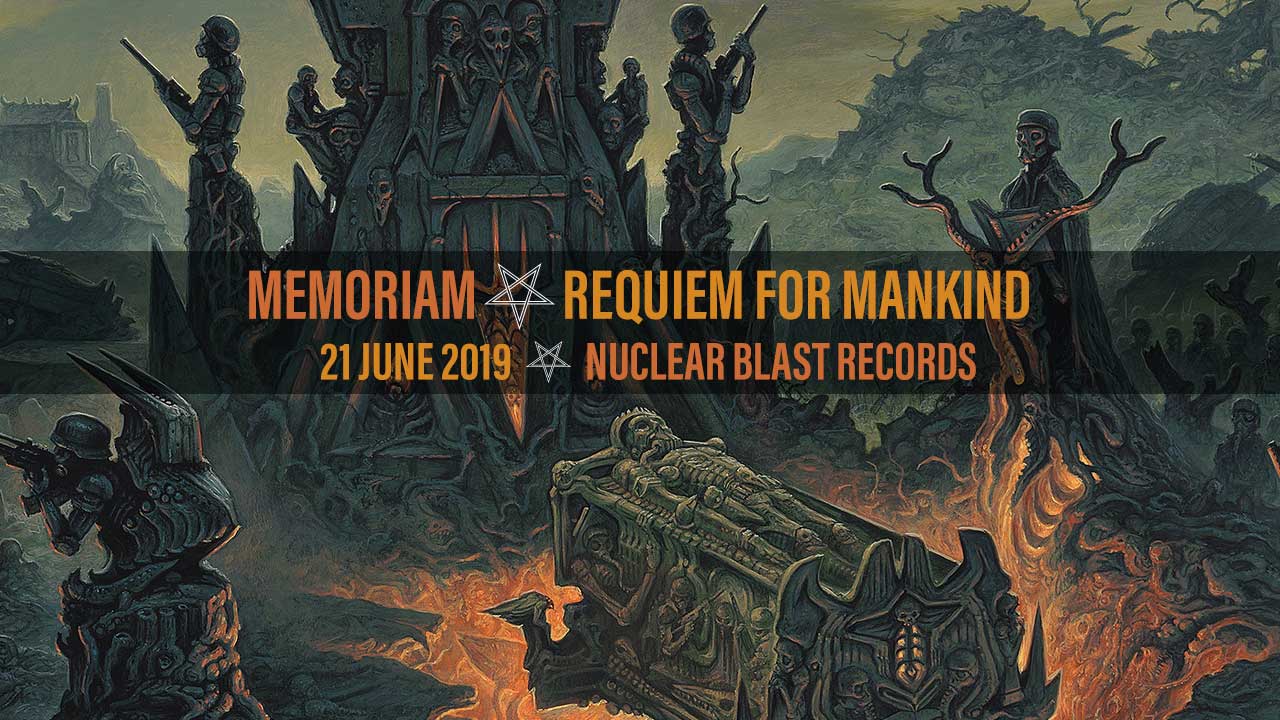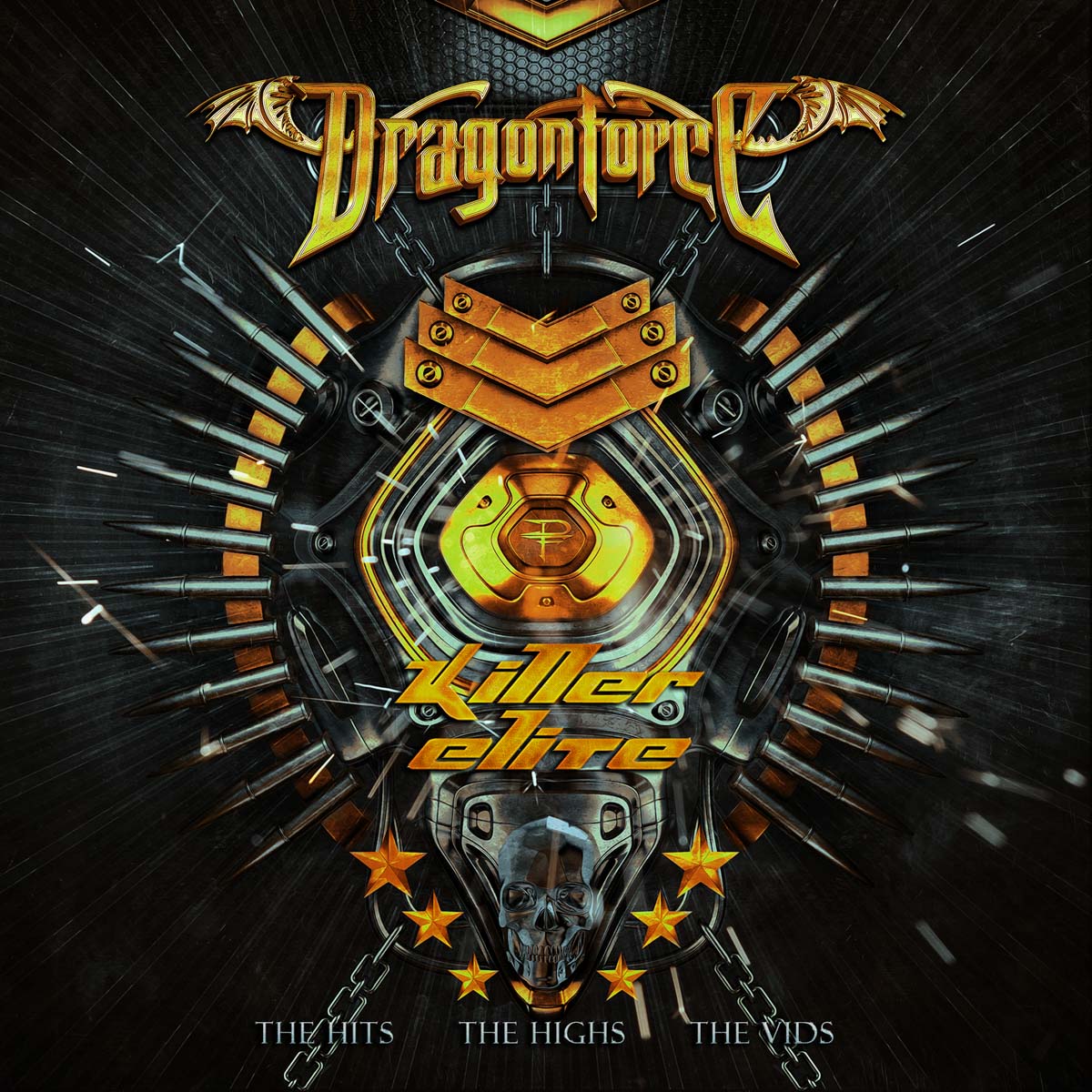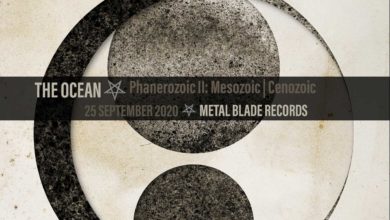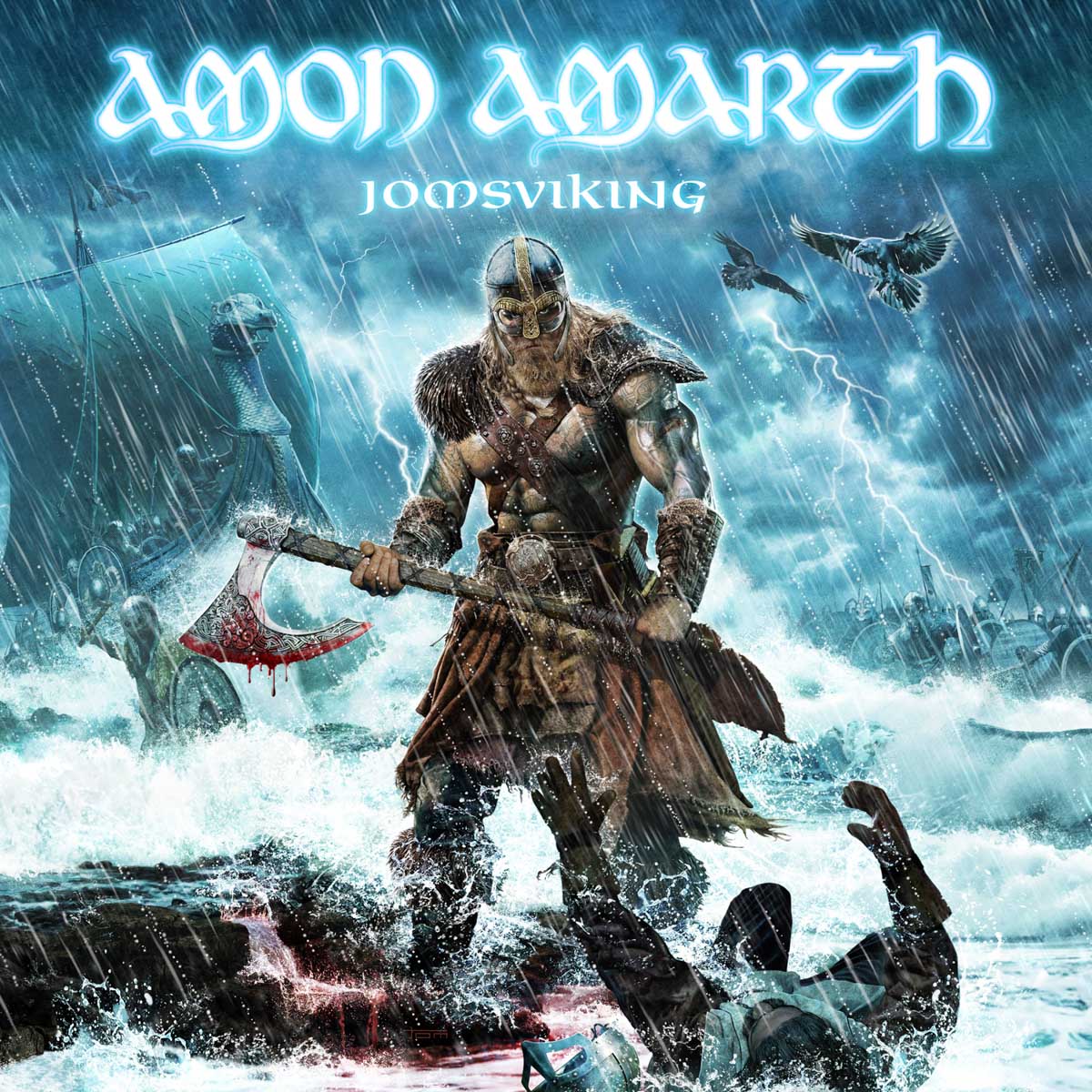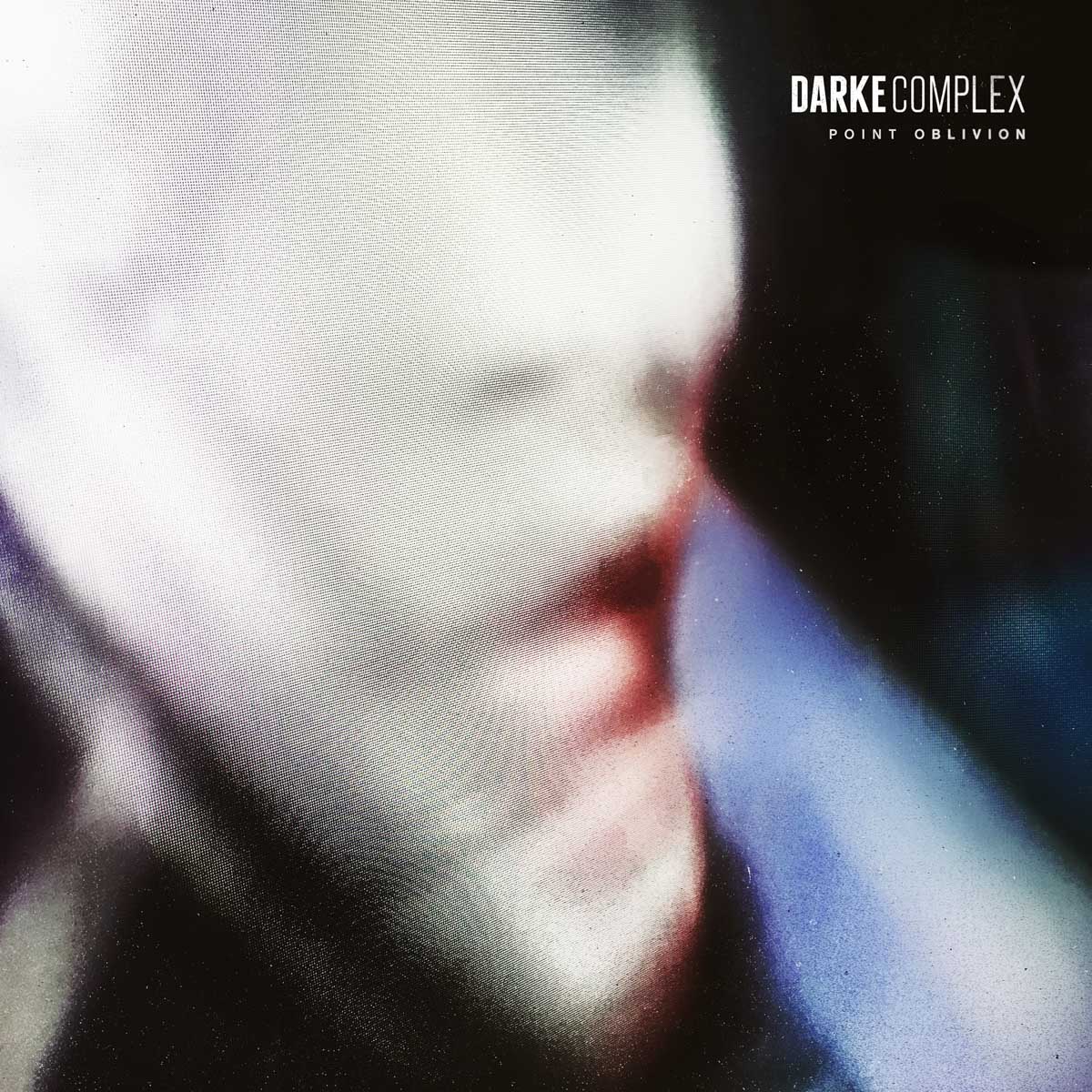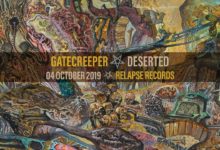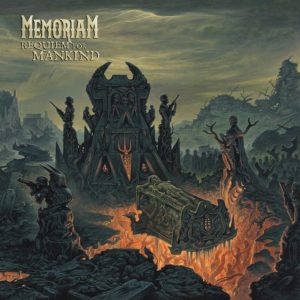 Albert Einstein once said, “I know not with what weapons World War III will be fought, but World War IV will be fought with sticks and stones”. The past century in which he lived gave birth to wars like none before, ones fought on a global scale and with weapons of true mass destruction. From the prolonged stalemate waged in the trenches of France and Belgium during the first world war to the blitzkriegs, mass bombings, and eventual dawn of the nuclear age that came about in the following world war, chaos and destruction multiplied exponentially as a result. These worldwide conflicts caused mankind to take a more careful watch over its actions and while warfare did not disappear, many writers such as George Orwell and Aldous Huxley took up the pen to inspire vigilance in society. Man is at his most primal, base state when engaged in war, and it is from this frame of reference that Memoriam craft their music.
Albert Einstein once said, “I know not with what weapons World War III will be fought, but World War IV will be fought with sticks and stones”. The past century in which he lived gave birth to wars like none before, ones fought on a global scale and with weapons of true mass destruction. From the prolonged stalemate waged in the trenches of France and Belgium during the first world war to the blitzkriegs, mass bombings, and eventual dawn of the nuclear age that came about in the following world war, chaos and destruction multiplied exponentially as a result. These worldwide conflicts caused mankind to take a more careful watch over its actions and while warfare did not disappear, many writers such as George Orwell and Aldous Huxley took up the pen to inspire vigilance in society. Man is at his most primal, base state when engaged in war, and it is from this frame of reference that Memoriam craft their music.
An album title such as Requiem for Mankind suggests that the band seek not to glorify warfare but rather to gain insight from past mistakes. Perhaps being a British band plays more than a minor role in this continued theme within the music. After all, it was Britain, London primarily, that was the focus of extensive bombing raids and aerial combat with Nazi Germany during the summer and fall of 1940, the first major military campaign entirely fought by forces in the air. The first song on the album, though, is titled “Shellshock”. This is a term that first came of use during the first world war where soldiers often became confused suffering tremors, fatigue, and impaired sight and hearing as a result of witnessing the mass explosions amid the battlefield. The music reflects the dreaded state more than adequately.
From the very first few seconds of their first track on the album, it is abundantly clear the band have beefed up their sound. The guitar sound could be termed as oppressive – in a good way – louder, clearer, and certainly more bombastic. The rhythmic articulation of the riffs could be likened to the pulsing of a soldier’s heartbeat on the battlefield. From frantic to decisive, all emotions are tackled by the six strings. This is truly Death Metal par excellence.
Though the first song is decidedly heavy and consuming, it seems the album really gets going with the second track, “Undefeated”. This is due to the way the song opens. With a quick hit by the drums accented by a cymbal crash, the music is left open to a solitary guitar riff. A monstrous, chugging, classic Death Metal riff perfectly sets up the following quick succession with which the double bass pedals collide with the drums. The song is like an opening with wide expanses in which the chords resonate and hang in the air. It is more than a hint at Karl Willett’s previous band, Bolt Thrower, though it could be said that the groove has been amplified.
War has remained a topic for Willetts for quite some time. With albums such as “War Master,” “The IVth Crusade,” and “Mercenary,” Bolt Thrower wrote Death Metal based on battle. Like their name, though, much was formed from an obsession with the Warhammer and Warhammer 40,000 universe. Memoriam was formed as a tribute to the late Bolt Thrower drummer, Martin “Kiddie” Kearns. With their current project, the focus has been removed from the realm of fantasy.
A track that could be labeled as nothing short of stunning is the fifth, “In the Midst of Desolation”. It is formed by a slow, methodical groove, one that is simply irresistible. Around the mid-point, the band starts blasting away only to return to the original groove in a stunning transition. These veterans know all too well how to craft songs that entice their audience with quality riffs and change-ups. Evidence for this can be found in the grand anthemic ending of the song.
“The Veteran,” the seventh track, demands focus. It deals with what many soldiers face after returning from war. Post-Traumatic Stress Disorder (PTSD) is all too real as evidenced by myriad soldiers returning from the battlefield along with others members of the population exposed to heightened stress such as car crash survivors and victims of horrible abuse. Perhaps this is the song that offers the clearest view of the band’s ethos not to glorify the violence but to rather become enlightened to its effects both immediate and long-lasting. In fact, the band enlisted Daniel Dodd, a British veteran of the Iraq War to create the video for the song. As Willets belts out, “None can see the horror I’ve seen,” the video shows clips of desert warfare superseded by psychedelic flashes and colors mirroring the effect felt by Dodd from his horrifying experiences. Musically, though, the song seems to be a bit of a departure for Memoriam. The riffs are poignantly reminiscent of Pantera with massive pinch harmonics in the ear bleeding style of Dimebag Darrell. It would be unfair to call the riffs derivative, though, and the experiment actually works in the band’s favor adding diversity to the album.
“Internment,” an instrumental track, closes the album. With an absorbing, melancholic melody, it tactfully resolves the preceding material. Concisely, its approach mirrors the less-is-more formula that works so very well for Memoriam. Karl Willetts and crew are nothing short of Metal legends. Having a far-reaching influential voice as such brings much responsibility and care. In handling such duties, the band come across with stellar results appropriately tackling such powerful topics. As one who has lost a close friend to veteran-related PTSD, it is refreshing to see a band maturely handle a topic that affects so very many. As a musician, it is inspiring to hear old school veterans that still draw fresh riffs from a seemingly never-ending well replete with a polished production that does not alter the band’s sound or amend anything to it, but rather clearly captures it. The production is light years ahead of the previous album, The Silent Vigil. The riffs speak for themselves. Perhaps by shining a light on the depravity, loss, and suffering perpetuated by war, Memoriam will help in their own way like past authors, musicians, and cultural figures to educate their audience for it is through education that atrocities are prevented.

